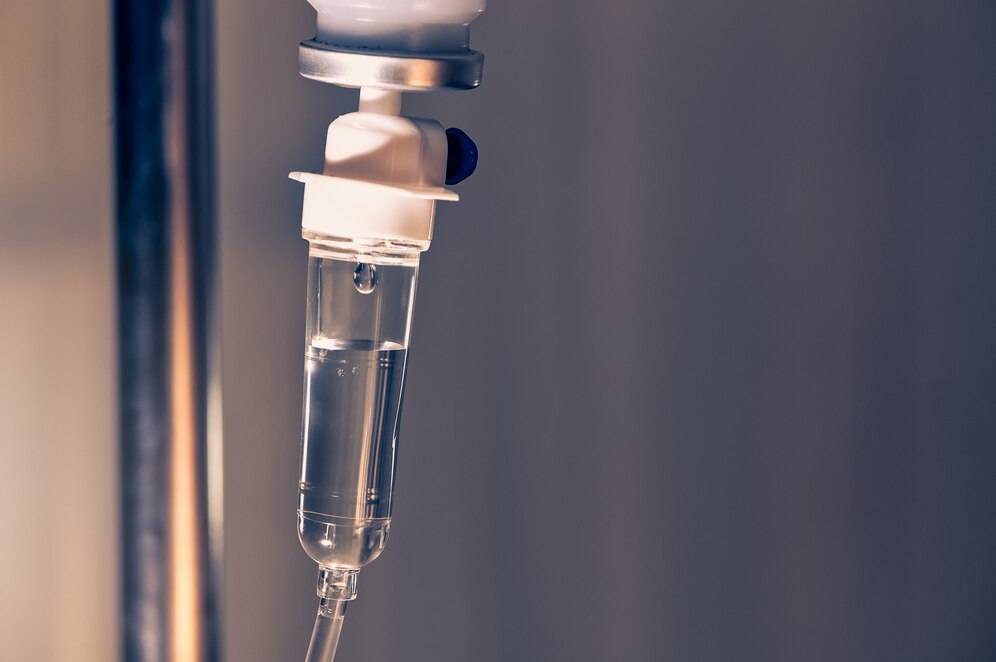Why MUSE Cells Are Different?
- Pluripotent Capability: Can naturally transform into neurons, cardiomyocytes, hepatocytes, and more — restoring tissue at the cellular level.
- MSC-Level Safety: No tumor risk, no rejection, no genetic manipulation.
- Built to Survive: Naturally stress-resistant and long-lasting in the body.
- Homing Intelligence: They travel directly to sites of inflammation or damage — and start repairing from within.
- Sustained Effect: Active and multiplying for up to 6 months post-treatment.
Types
What are MUSE Cells?
MUSE Cells, short for Multilineage differentiating Stress Enduring Cells, are a special type of stem cell naturally found in the body in tissues like bone marrow, fat, skin, and umbilical cord.
They are unique because they combine the regenerative power of pluripotent stem cells (which can become many different types of cells) with the safety and stability of mesenchymal stem cells (MSCs).










